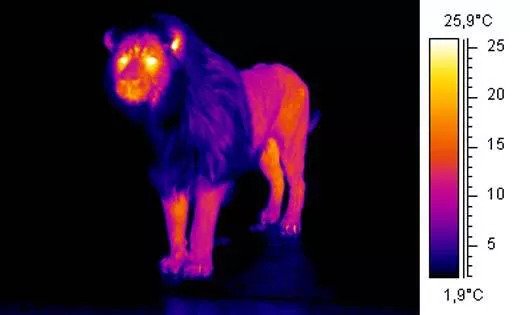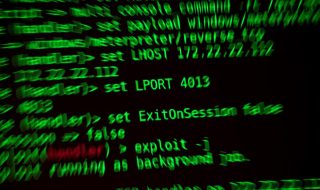
Thermal imaging technology has taken up a prominent role for militaries and armies all over the world. It is considered an essential piece of technology because it enhances the military personnel’s awareness and vision. Thermal vision equipment allows individuals the possibility to see when in dark conditions. This is obviously extremely beneficial as most attacks occur during the evening. They can also see through obstructed areas, such as smoke covered grounds. Furthermore, because of the rapid progress in modern technology, there are also lots of different add-ons which come with the equipment, depending on which pieces have been bought.

Thermal image technology has actually been in use for military and law purposes for many years now. The equipment was developed approximately ten years after WW2 ended and, therefore, was available towards the late 1950s. Nevertheless, the equipment was obviously nowhere near as advanced then as it is now. When Honeywell, Hughes Aircraft, and Texas Instruments developed a form of thermal vision it was in the form of a single element detector. What does this mean? Well, the technology would basically be used by military personnel in order to scan an area. The result would be line images which would help individuals to get an idea of their bearings and surroundings.
As all technological-based goods do, thermal imaging technology progressed as the years went by, and ten years on from their introduction thermal vision developed immensely. In the 1970s the form of thermal image technology that we see today was introduced and thus the equipment became open to further professions, such as fire fighting. The advancement took place in the form of what is called a ‘pyroelectric vidicon tube’. Towards the end of 1970, further advancements took place in the form of ‘patented ferroelectric infrared detectors’.

Nowadays, thermal imaging equipment has advanced to great levels. The equipment supplied to armies and military personnel offers an array of different features in order to provide individuals with the best possible information regarding where they are, where the enemy is, where their colleagues are, what the terrain is like, what the surrounding area is like and so on and so forth. This incorporates the use of different senses in order to give the full image. For example, a lot of emphasis is placed on communication so that personnel can get in touch with their commanders or fellow militants.

Whilst thermal vision equipment may be expensive, very few would argue that it is not worth every penny. You can read this urban survival guide for more information about the other equipment needed. Those buying the equipment for their army or task force should seek to purchase from a reputable supplier who has established themselves in the industry. After all, there is no margin for error when it comes to places as pivotal and as dangerous as the battleground. Moreover, they will have the expertise and insight to provide you with thorough advice regarding which thermal imaging equipment will be best suited to your requirements.
So there you have it; one of the army and law enforcement’s most crucial pieces of equipment, dating all the way back to 1950!




